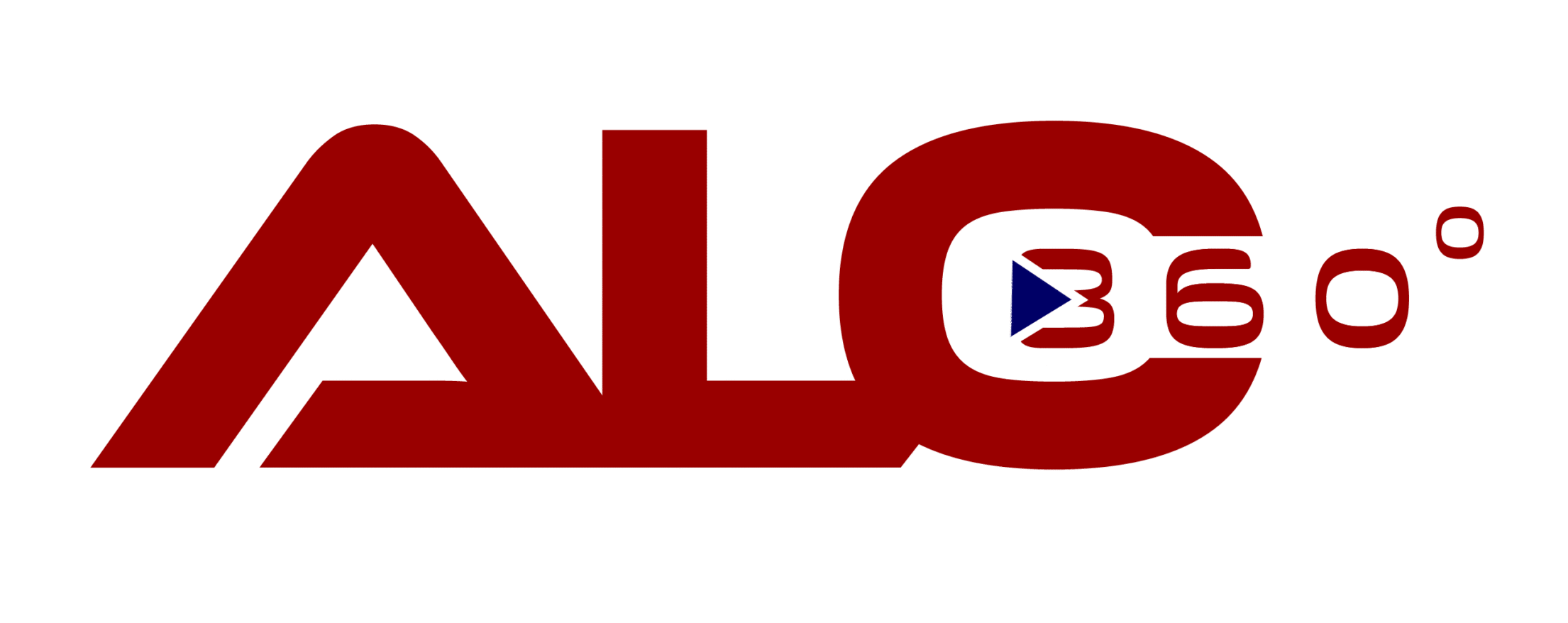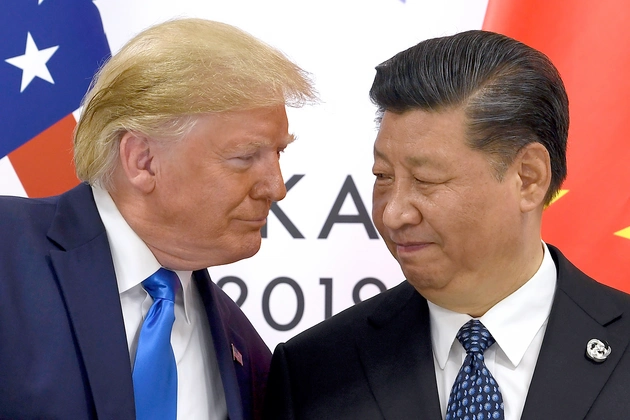President Donald Trump has threatened to impose a 100% tariff on imports from China starting November 1 or even sooner, adding it on top of existing duties. He announced after Beijing introduced new export restrictions on rare earth elements crucial for high-tech industries.
In addition, Trump said the U.S. may implement export controls on critical American software to counter China’s measures. He criticized China’s move as shocking and accused Beijing of becoming very hostile in its trade tactics.
China’s Rare Earth Export Controls
China recently rolled out rules requiring foreign companies to obtain special approvals for exporting materials containing rare earths. The new rules also restrict export requests for technologies linked to military applications. These restrictions struck many in Washington as an aggressive escalation.
Experts note that China already dominates the rare earth market, accounting for a large share of global production and processing, giving it potential leverage in such disputes.
Market and Global Reactions
Markets responded swiftly and negatively. The S&P 500 declined by approximately 2.7%, reflecting investor concern over heightened trade tensions and potential spillover effects.
Analysts warned that such a dramatic tariff hike could reignite a full-blown trade war, severely disrupt supply chains, and push inflation higher, especially in sectors reliant on Chinese components.
Strategic Implications
This move signals that the Trump administration is ready to escalate economic warfare if it sees Beijing overstepping. It also raises questions about how far the U.S. will go are tariffs and export bans only the start? Observers will closely watch whether diplomatic channels or retaliation follow.
For American tech firms and manufacturers, this threat creates uncertainty. Many depend heavily on Chinese materials, parts, or components. The potential export controls on U.S. software would further complicate trade in technology sectors.
What to Monitor Next
Watch whether Trump actually implements the 100% tariff or adjusts the start date depending on China’s response. Also monitor whether export controls on software become real, and how China retaliates, whether through more restrictions, counter-tariffs, or diplomacy. Finally, global markets and supply chains will likely watch intermediary countries for shifts in trade flows.
Conclusion
Trump’s tariff threat marks a sharp escalation in the U.S.–China trade standoff. Fueled by Beijing’s rare earth export restrictions, the proposed 100% tariff, combined with potential software export controls, could reshape trade dynamics. Whether this becomes a turning point or a negotiation gambit depends on how both sides respond in the weeks ahead.
Bonus Read: U.S. Launches $20B Currency Swap, Buys Argentine Pesos to Stabilize Markets




2 thoughts on “Trump Threatens 100% China Tariff”